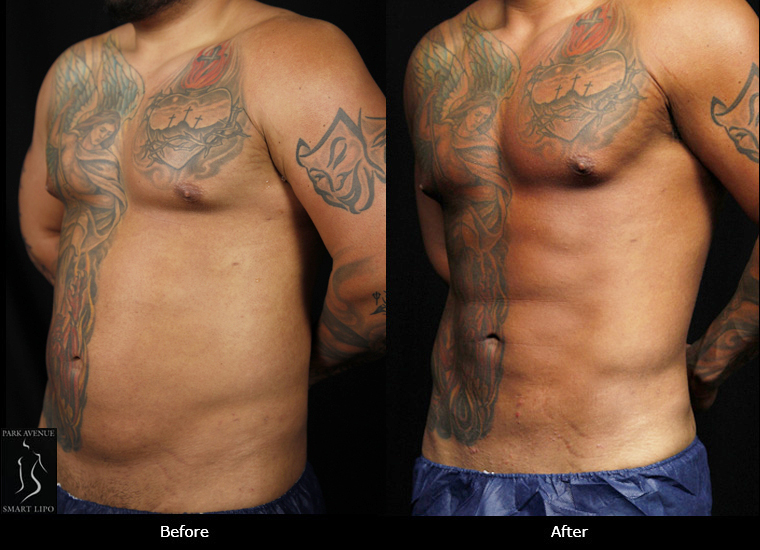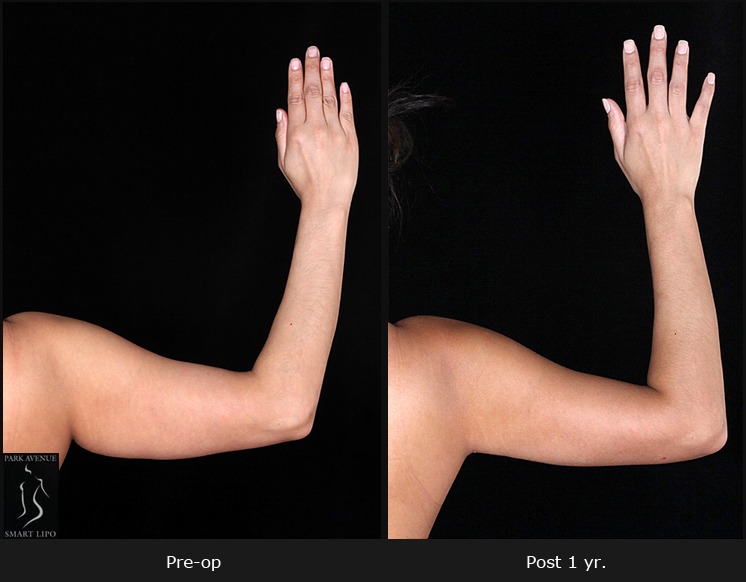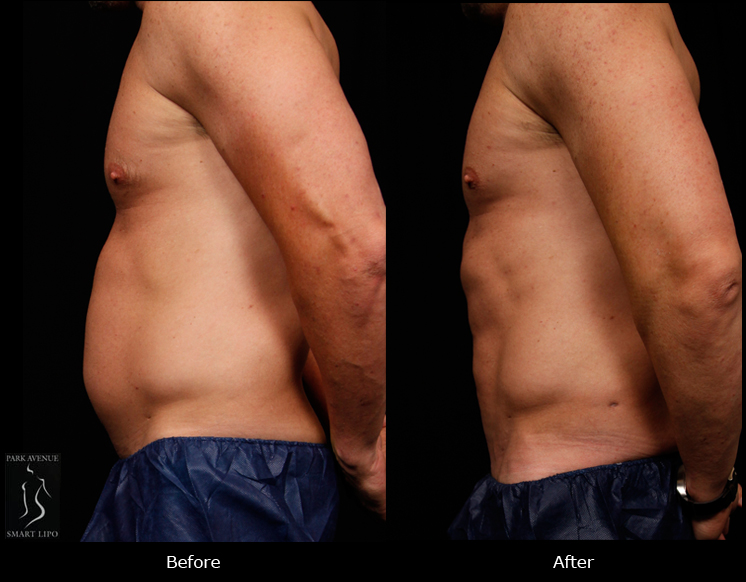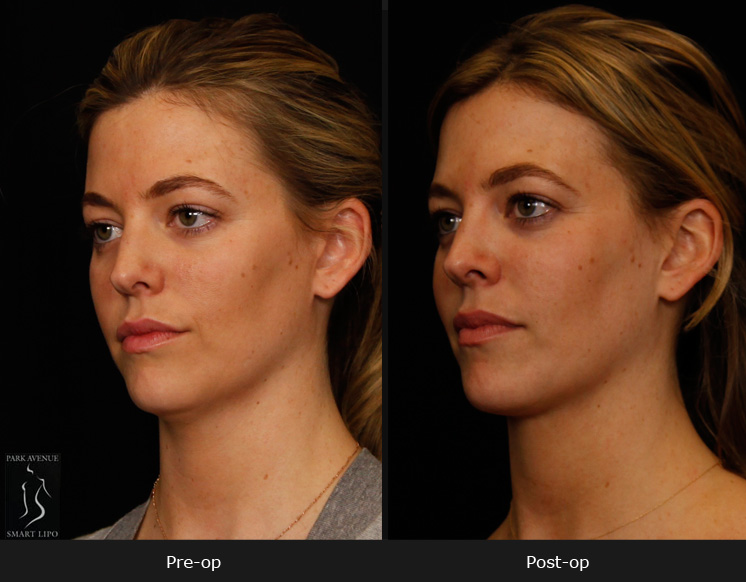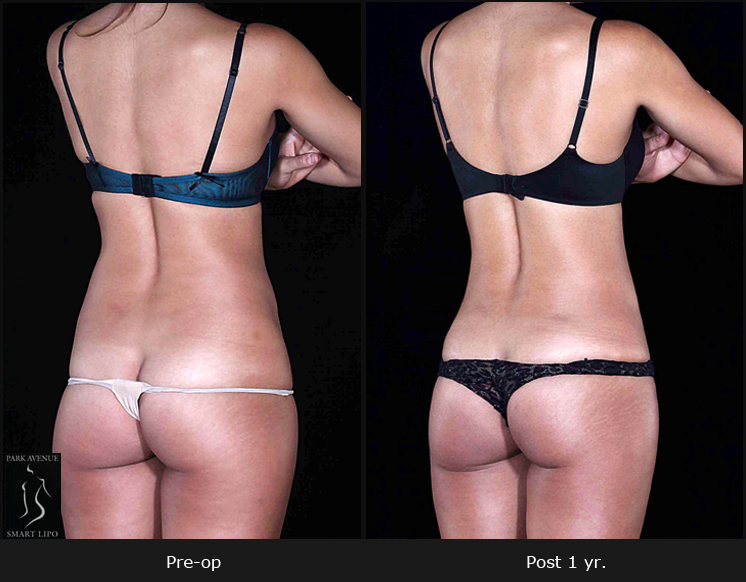The popularity of plastic surgery in the United States continues to soar due to the availability of advanced minimally-invasive and noninvasive techniques. Recent reports indicate that liposuction is amongst the most widely demanded cosmetic surgical procedures. According to annual statistics from the American Society of Plastic Surgeons (ASPS), liposuction ranked second in the list of the 5 most popular procedures in both 2016 and 2017. Laser liposuction in NYC is an extremely popular as it involves less downtime and quicker recovery than traditional liposuction surgery.
While conventional liposuction involves surgery to remove unwanted fat, laser liposuction uses a minimally-invasive cannula to melt and extract fat and also tighten the skin. Performed under general anesthesia, traditional liposuction uses a larger cannula and physical manipulation to suction fat from beneath the skin. More fat can be removed with this procedure but it does not provide any skin tightening benefits. So there is an increased possibility of dimpling or sagging after traditional liposuction. On the other hand, Smartlipo Triplex body contouring utilizes a small cannula to deliver laser energy and liquefy the unwanted fat cells, making them easier to remove and with far less trauma. As the procedure is minimally invasive, it can be performed using local anesthesia.
In an NBCNEWS.com report, an expert notes that about 20 percent of patients request a revision after conventional lipo dues to reasons such as unevenness or a lumpy look, in which case the doctor can usually do a touch-up by removing more fat.
On the RealSelf platform, one patient wanted to know laser liposuction would work after traditional liposuction. She got pregnant three months after she had liposuction surgery to improve abdominal contour. Ten months after her delivery, she wanted to know whether she could have laser liposuction on the stomach again.
An expert surgeon explains that Smartlipo will work after traditional liposuction as the laser would break up the scar tissue from the old surgery, and allow the plastic surgeon to remove more fat more easily. Smartlipo in NYC involves less bleeding, which significantly minimizes the risk of postoperative complications. While the laser softens the fat cells for easy removal, it also tightens the skin so that there is no sagging and dimpling.
Other experts point out that revision with laser lipolysis is often quite helpful where irregularly clustered fat cells have been left behind after the traditional liposuction, if results are incomplete, you gained weight or want to improve your figure. While it may not be effective to remove large volumes of fat, SmartLipo promotes skin tightening and stimulates collagen growth.
If you are considering laser liposuction in New York City, find an AAAASF-accredited plastic surgery center that offers the service of plastic surgeons who are experts in this procedure. While both traditional liposuction and Smartlipo will work effectively on the ideal candidate, your results and safety depend on finding a skilled plastic surgeon.

